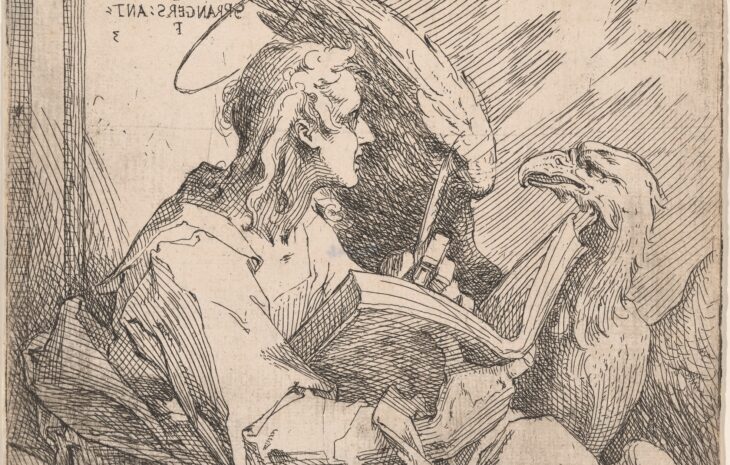Published monthly, the features provide information on new curatorial developments, current projects, collections of Dutch and Flemish art in museums worldwide, as well as insight into the work of the museum curator.
All articles from the CODART eZine (2012-2019) are also available here.

Dutch and Flemish Mannerist Prints in Chicago
by Jamie Gabbarelli
March, 2024
